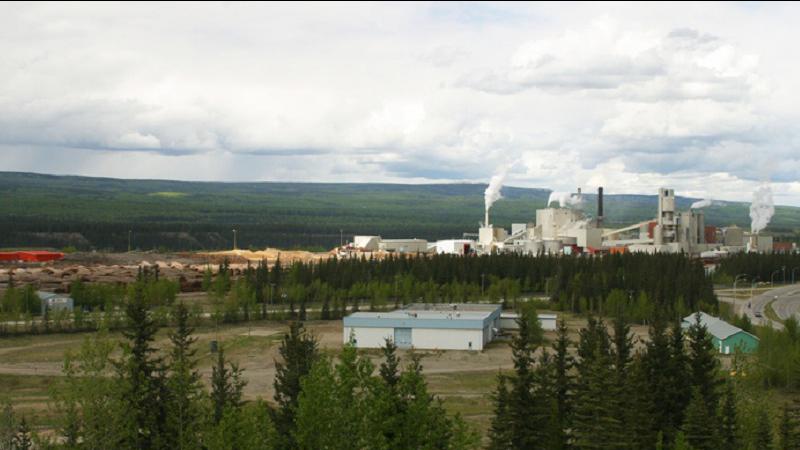
Pulp mill waste could find new use as fertilizer
Pulp mill waste heading for a landfill could have a second life as an organic fertilizer.
A University of Alberta research project suggested waste could help reduce the environmental impact of using conventional fertilizers while improving soil and tree growth.
A two-year study of a hybrid poplar tree plantation in northern Alberta showed that compared with using conventional fertilizers alone, adding wood and other fibers left over from pulp and paper production, reduced harmful greenhouse gas emissions from the soil.
Combining these biosolids and conventional fertilizer also improved soil fertility.


